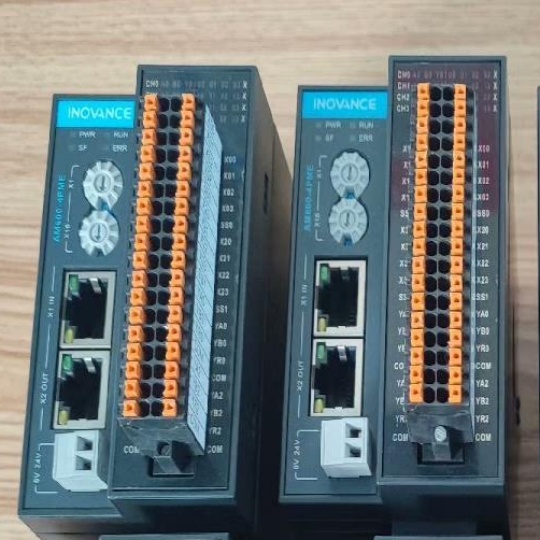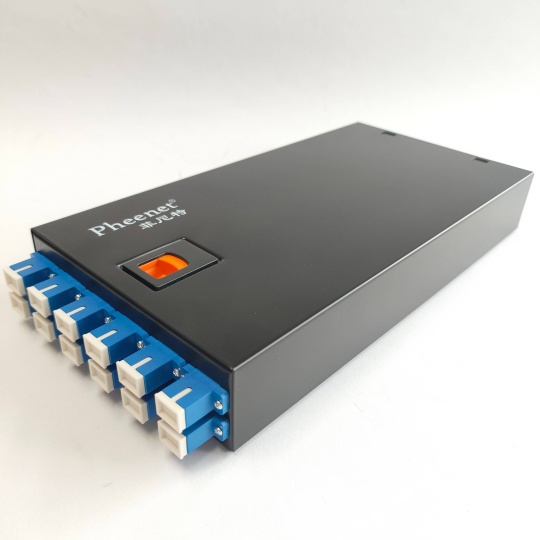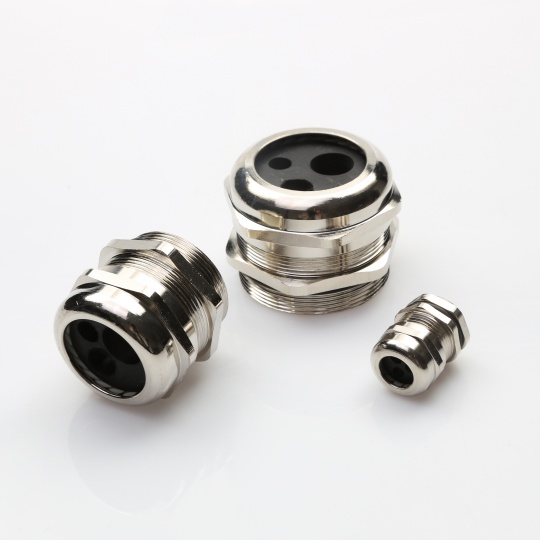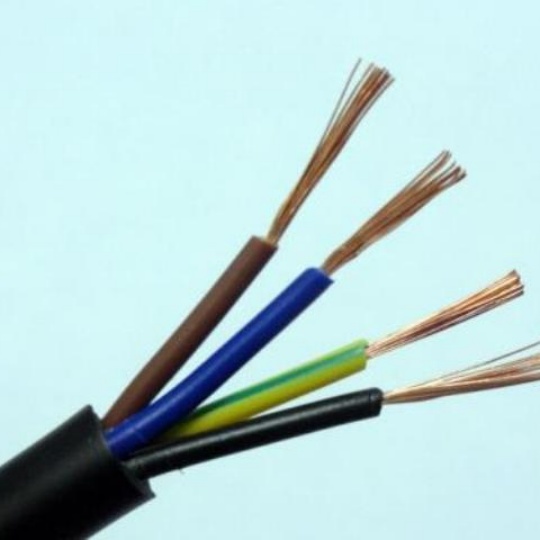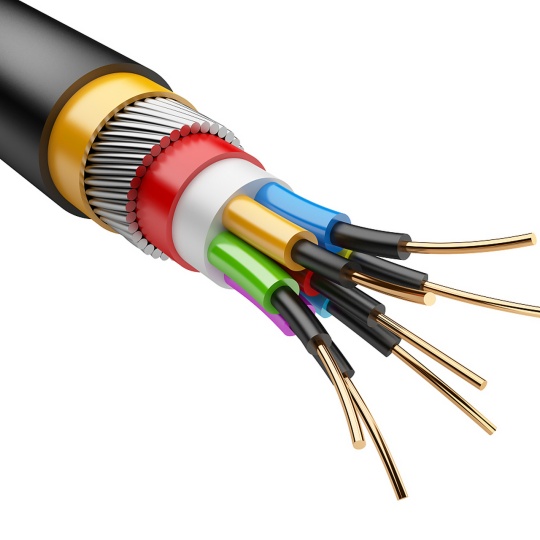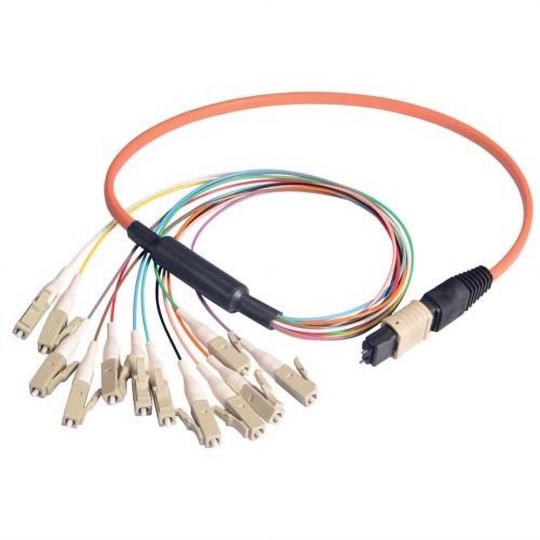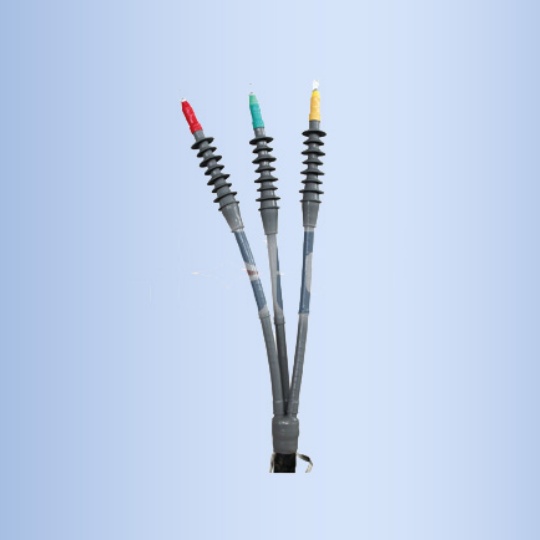Military-Grade Coaxial Cable for Critical Applications
In applications where failure is not an option, such as military operations, aerospace systems, and certain industrial scenarios, military-grade coaxial cables are the go-to solution. These cables are engineered to meet the most demanding requirements, ensuring reliable performance in extreme conditions.
What Sets Military-Grade Coaxial Cables Apart?
Rugged Construction
Military-grade coaxial cables are built to withstand harsh environments. They have reinforced jackets that can resist physical damage from extreme temperatures, heavy moisture, and mechanical stress. For example, in military field operations, cables may be exposed to rough handling, temperature fluctuations from -65°C to +200°C, and wet conditions. The robust construction ensures the cable remains functional under these conditions.
Superior Shielding
Electromagnetic interference (EMI) and radio frequency interference (RFI) can disrupt signal transmission. Military-grade coaxial cables have multiple layers of shielding, such as braided wire and foil. This shielding protects the signals within the cable, maintaining stable communication even in high-noise environments like military bases with numerous electronic devices operating simultaneously.
High-Frequency Transmission
In military and aerospace applications, high-frequency signals are crucial for functions like radar systems and satellite communications. These cables are designed to handle high-frequency signals over long distances without significant signal degradation. They can maintain consistent signal integrity, with characteristics like precisely controlled impedance (usually 50Ω or 75Ω ± 0.5Ω across the operating frequency range) and low attenuation (often 50% lower than commercial equivalents at the same frequencies).
Compliance with Mil-Spec Standards
All military-grade coaxial cables must meet strict military specification (Mil-Spec) standards, such as Mil-C-17. These standards cover every aspect of the cable, from the materials used in conductors, dielectrics, shielding, and jacketing to construction techniques, dimensional tolerances, and rigorous testing methodologies. Meeting these standards ensures the cable can perform reliably in the challenging conditions of military use.
Common Types of Military-Grade Coaxial Cables
M17/75 – RG214
This widely used Mil-Spec coax cable offers excellent shielding and low signal loss. It is commonly found in radar systems, secure communication lines, and RF signal transmission. Its properties make it suitable for applications where a high level of signal integrity and protection against interference are required.
M17/60 – RG142
Known for its high resistance to environmental conditions, this cable effectively transmits signals at high frequencies. It is particularly useful in airborne systems and ground communication networks, where it can endure the vibrations, temperature changes, and other stresses associated with aircraft and field operations.
M17/128 – RG400
This cable is valued for its flexibility and resistance to harsh environments. It is frequently used in aircraft, ships, and other military vehicles for secure data transmission and maintaining signal integrity. Its flexibility allows for easier installation in the confined spaces of vehicles, while its durability ensures it can withstand the vibrations and mechanical stress experienced during transportation.
LMR – 400
Although not always Mil-Spec, LMR – 400 is a commonly used low – loss coaxial cable in military applications, especially for communication and signal relay in tactical settings. It offers a good balance of performance and cost – effectiveness, making it suitable for various field – based operations.
Choosing the Right Military – Grade Coaxial Cable
When selecting a military – grade coaxial cable for a critical application, several factors need to be considered:
- Application Requirements: Understand the specific needs of your application. For example, if it’s for a radar system, you need a cable that can handle high – frequency signals with low loss and good shielding. If it’s for a communication system in a vehicle, flexibility and ruggedness might be more important.
- Environmental Conditions: Consider the environment where the cable will be used. Extreme temperatures, humidity, vibration, and exposure to chemicals are all factors that can affect cable performance. Choose a cable with a construction and materials that can withstand these conditions.
- Connector Compatibility: Ensure that the cable you choose is compatible with the connectors used in your system. Mil – Spec connectors like N – type, SMA, or BNC are commonly used for their durability and shielding properties. Using the right connectors helps maintain signal integrity and prevent interference.
Installation and Maintenance
Proper installation and maintenance are crucial for the optimal performance of military – grade coaxial cables.
- Installation: In military vehicles, aircraft, and ships, cables should be routed to avoid vibration, temperature extremes, and mechanical wear. In military bases, the cabling infrastructure should be designed by electrical engineers to manage long – distance signal transmission for secure communications, radar systems, and surveillance. Cable routing, shielding, and grounding should be carefully planned to minimize interference and maximize reliability.
- Maintenance: Regular inspections should be carried out to check for any signs of damage, such as cuts in the jacket or loose connectors. Replace any damaged cables immediately to prevent signal degradation or failure. Additionally, keep the connectors clean and properly tightened to ensure good electrical contact.
Military – grade coaxial cables are essential for critical applications where reliable signal transmission is non – negotiable. By understanding their unique features, types, and how to select, install, and maintain them, you can ensure the success of your mission – critical systems.


